REVIEW: Marie Chouinard’s Time for time
In the early months of the pandemic, I often felt myself gripped by fear about the effects it would have on the performance sector. Of course, I worried about the cancelation of projects, the loss of income for artists, the impact on institutions, and all of the adjacent industries that depend on the cultural field. But more than anything, I was nervous about the work this crisis would generate.
I found myself imagining twenty variations on “Coronavirus: The Musical!” touring the Fringe, Beckettesque one acts about people struck by inexplicable agoraphobia, and dance pieces where invisible forces propel performers apart; works that simply remind us of what we’ve all experienced rather than examining what it’s actually meant. Marie Chouinard’s Time for time isn’t any of these. But after catching two performances of the Québécoise choreographic legend’s new work, I’m still struggling to figure out exactly what it is and what, if anything, it says about the direction of our field.
An interactive work for Zoom, Chouinard’s piece invites one viewer at a time to offer a “heartfelt wish” to a dancer, who responds with a spontaneous three-minute solo, while audiences from around the world get to watch the whole interaction. Shortly after the allotted start time, the company’s Managing Director Jérémie Boucher pops on screen, dressed in a white sweatshirt against a black backdrop and explains how the event will run. He then introduces the eleven dancers one by one, as the feed switches between the three studios where they will perform.
As their name is called each dancer, dressed in an identical flowing white tunic and pants, half-runs towards the camera, until their face fills the frame, emotionally neutral, but lit with a smize Tyra Banks would be proud of. The studios are all similarly white, each with a carefully placed element to give a hint of the haphazard; a folding ladder, a ballet barre, an empty costume rack. Through the studio windows, lush green trees ripple gently in the fall wind.
The first audience member appears on screen and, after a rambling explanation about something to do with racial tension (she’s white) she finally expresses her wish: to let go of resentment. The dancer performs some small gestures and vocalizations in close-up, and then slowly backs away from the camera, before expanding to larger movements that fill the space.
After the allotted three minutes, she returns to the camera, with the same eye contact as before. The feed then switches back to Boucher, who introduces the next viewer and invites them to offer their prompt. Abstract wishes (to find one’s authentic voice, to have greater compassion), feel better aligned with the intentions of the piece. More concrete hopes (for world peace, cancer remission, or a cultural shift to prioritize mental health) can feel almost humourously impossible to respond to.
During each performance, the camera switches back and forth between dancer and audience member, offering reaction shots to the work they’ve requested. There’s an earnestness to these interactions, which can feel almost painful at times. But perhaps these impassioned responses say more about this particular moment than they do about the show; right now, even the smallest opportunities for connection feel meaningful in a way they wouldn’t have a year ago.
While requests from the audience are widely varied, responses from the dancers are (seemingly) not. Much as they sport identical costumes, the performers employ largely interchangeable movement and vocal patterns throughout the three-hour piece. The abstract vocalizations, twisted faces, and slightly animalistic movements are consistent with recent Chouinard outings like The Golden Mean and Orphée et Eurydice; this is unmistakably her piece and each individual section is unquestionably part of the same show. But for a work about individual expression, it all feels so decidedly uniform; too clean and too precise to be an authentic response to the diverse requests of a global audience with very different realities, struggling through this chaotic moment.
The unity between each segment also hints at the lack of relationship between the proposals made by viewers and the performances they generate. In a piece which ostensibly offers a moment of union between audiences and artists, this element of sameness points to a core challenge with interactive works and the realities of the our hyper-connected world. What portends to be a genuine connection between two people is more often the performance of that connection, aimed at a wider audience as a form of entertainment or a way to increase social capital.
Community building usually features prominently in the mission statements of social media corporations like Facebook and Twitter. More often, however, they trick us into feeling attachments that don’t really exist. All of Time for time’s audience members respond positively to the physicalization of their wishes. Occasionally, other viewers type their reflections in the Zoom chat box, extolling the universality of the desires expressed or the intimacy the piece achieves. But as these reactions flow, I find myself wondering, is this connection to the work real? Or, like the connection we feel to an anonymous stranger online, is it all in our heads, fabricated by platforms that require our constant participation in order to generate data for their advertisers?
I also wonder whether anyone would find this form of work interesting outside the current moment. The last decade has seen a handful of performance makers explore online forums as creative platforms. But until the beginning of the pandemic, artists in live performance have largely stuck to the “live” part of the equation. Artists who work in theatre and dance do so, at least in part, because we want the connection that creating and presenting with groups of people can offer. Even the best available technology still can’t duplicate the reciprocal relationship we get when we’re all in the same room at the same time. Online performance in the last nine months has often felt like maple-flavoured corn syrup or off-brand Coke; a poor substitute we’re ready to accept, only because we can’t get the real thing.
For the moment though, perhaps the most valuable element this type of platform offers is its potential for accessibility. Presenting performance online allows for easy simultaneous translation and closed captioning (the piece had English and French subtitles as options, as well as Mandarin on the second day I saw it). It eliminates the physical barriers entering or getting to a performance space can present. It offers a safe space for neurodiverse audiences, and, in the case of recorded performances, it allows folks to access works whenever it suits them.
While I’m not sure Time for time achieves what it sets out to do, in both its conception and its execution, it is unquestionably a work of and for the Internet. Fundamentally, it asks us to be selfish; to imagine what we want and to see another person reflect these desires back to us. At the same time, it offers some hope. It shows that artists will try to reach their audiences no matter the circumstances, that audiences care about live performance enough to pause Netflix and watch, and that online spaces can serve as theatre and dance venues, even if we haven’t figured out the most effective ways to use them yet. Maybe most importantly, it points to alternative ways artists can respond to the limitations induced by the pandemic. Rather than create a barrage of works that merely address it, we can use this moment as an opportunity to develop new forms that transcend it.









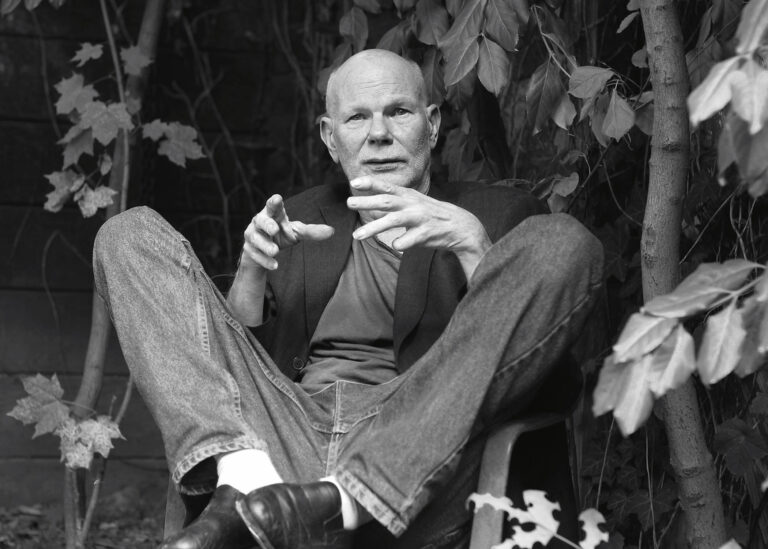
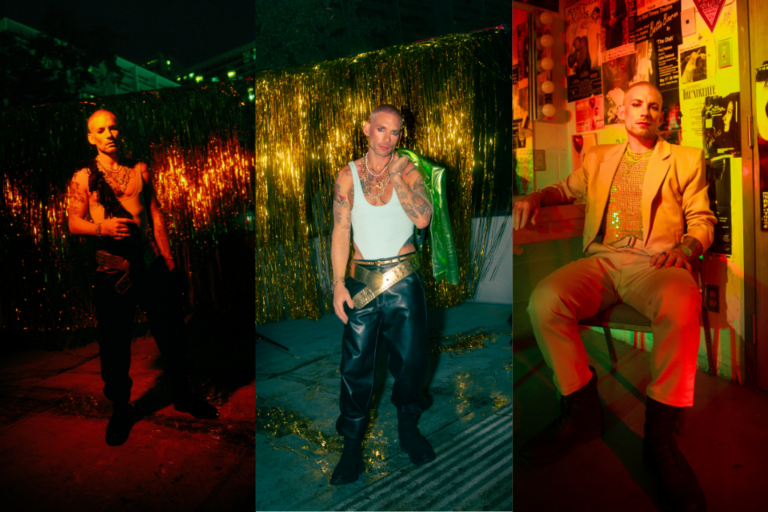
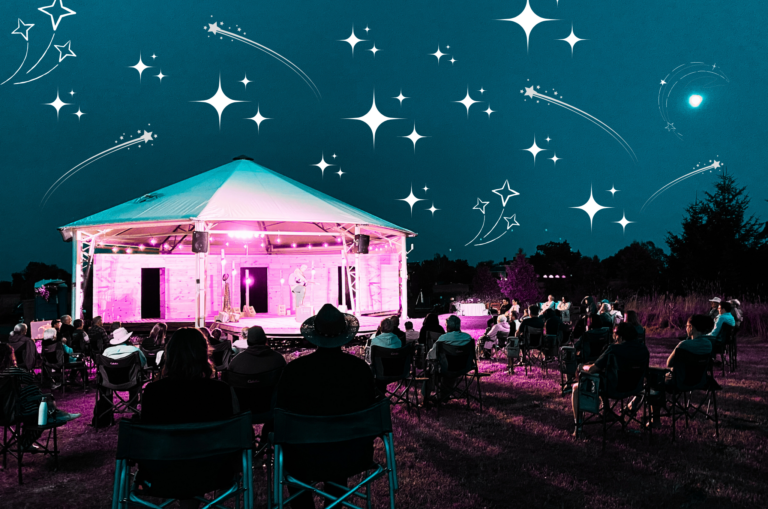
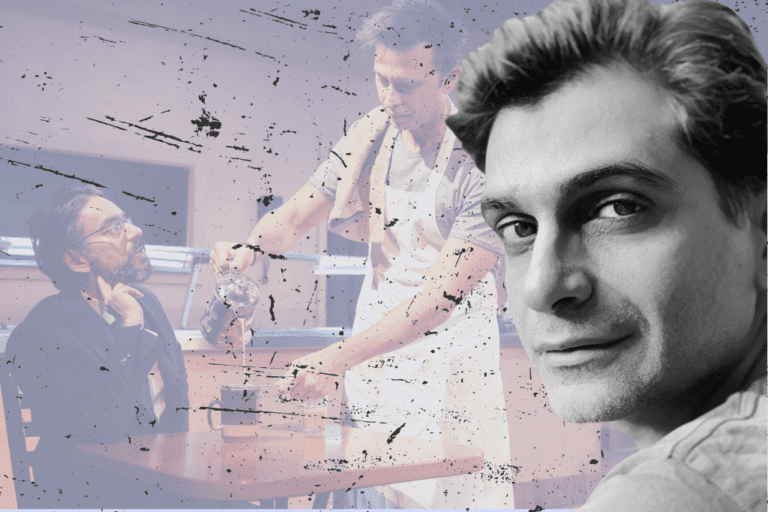

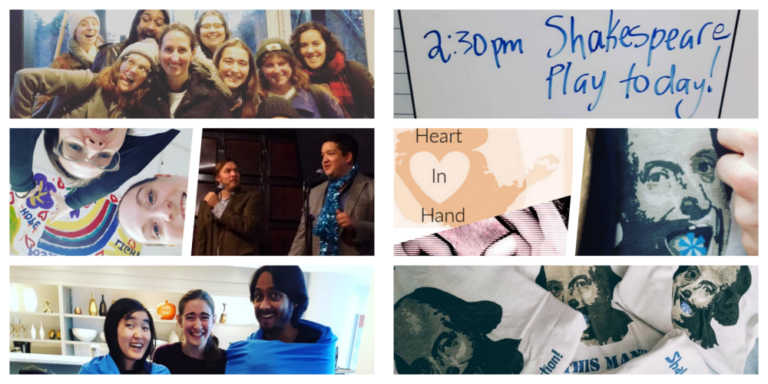
Comments